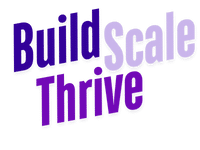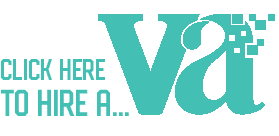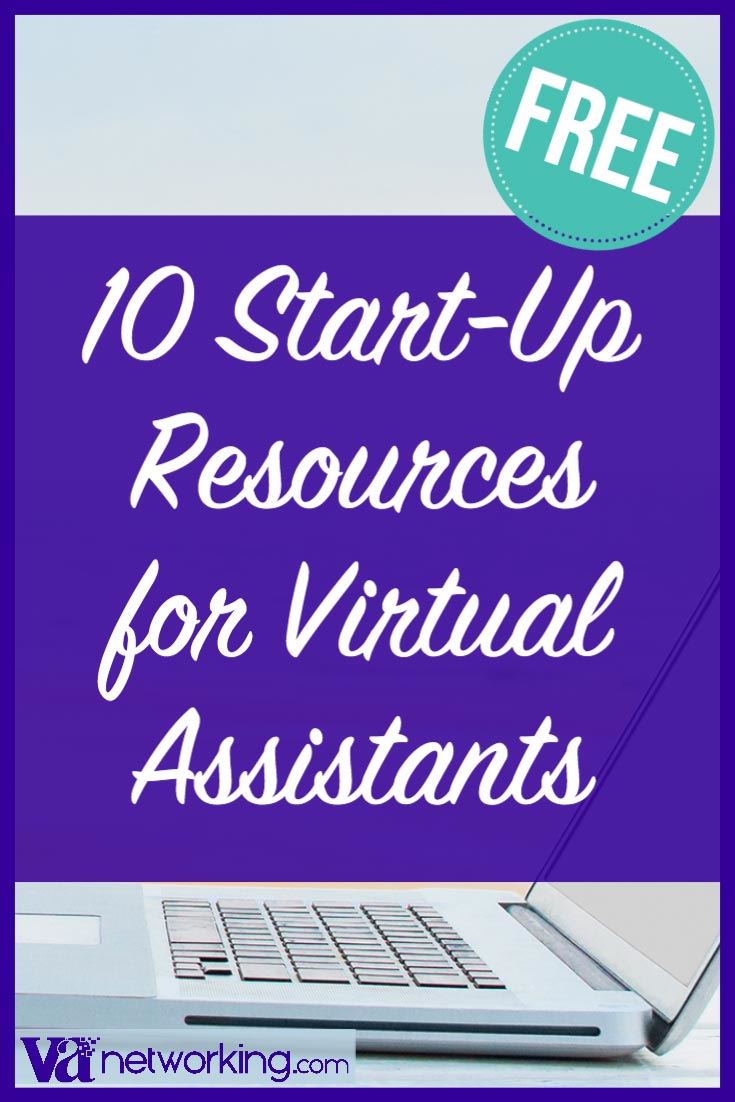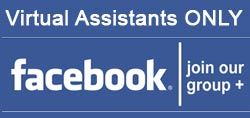Webinars have multiple uses in today’s internet world.
- Webinars can simply be an informative talk or sales presentation, geared to converting interested parties into potential buyers (essentially moving them down your sales funnel)
- Recorded webinars can be a time saving and passive income generating tool for speakers, and trainers and for those who lead workshops. These webinars are the main ingredient in on-line training courses.
- Recorded webinars can also form an on-line library for small to large companies, effectively freeing employees time from tasks ranging from new employee orientation, to training
- Webinars are incredibly useful sales and perception building tools, but ultimately the content of the webinar and the way you manage and conduct it impact its usefulness. A poorly run webinar with little valuable content will leave participants with a poor impression of your business, effectively achieving the opposite effect you had intended. So, before you decide to hold a webinar, here are some tips that I have learned along the way.
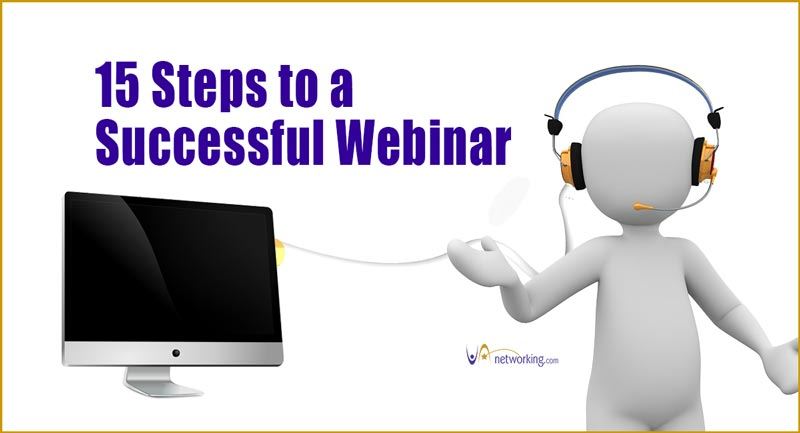
Top 15 Steps for a Successful Webinar:
1. Send Reminder Emails
Leading up to the webinar, send a reminder email twice – once 1 day before the webinar and once 1 hour before the webinar. This service should be available to pre-program as autoresponders with most email software providers. Also utilize all social media avenues (Facebook, Twitter, LinkedIn, etc.) to remind participants to log in at the appropriate times. You just might get a few new registrants who did not know about the webinar!
2. Test the Webinar Room
At least a half hour before the webinar starts, test the webinar room and dial in number if applicable to make sure participants will not encounter any trouble. Also, test the chat function within the webinar room – can participants post their questions easily? Technical issues can take time to rectify – allow yourself time to fix them before your attendees start arriving.
3. Close Programs Running in the Background
Close ALL unnecessary applications, especially Outlook, Skype, Facebook, etc. You do not want any personal or confidential info displayed, and you just don’t want to interrupt the webinar with any notifications that pop up.
4. Start 2 Minutes Past the Hour
This gives participants time to call in, but does not make your prompt attendees wait too long and annoy them for being on time. Those who call in a couple more minutes later usually do not miss much, and it helps train them to be on time for future presentations.
5. Arrive Early
Login in or call into the webinar conference line at least 15-20 minutes early to greet guests. With many types of conferencing software those entering the meeting just hear an annoying beep – not a “thank you for joining XYZ meeting. If someone is there early, everyone will know they are in the correct meeting.
6. Use Pre-Webinar Slides & Announcements
Put up a slide that says something like “the webinar will begin at the top of the hour” so when people log in they know it is working OK, and then update the slide to show the actual time until the webinar. You should also make an announcement on the call every few minutes to let people know it will start soon and their audio is working.
7. Less is More
Everyone has heard the saying “death by PowerPoint”. Well in a scenario where the participants cannot see your facial expressions or gestures, ALL they have to look at is the slides. If they can get the complete picture by reading the content on the slides – why would they listen to you? When designing slides with words – less is more
8. Proof-Read Your Slides
You have a ‘captive’ audience looking at your brand on the screen – make sure your content is well designed and written and free from spelling and grammatical errors.
9. Professional Introduction
Make sure you have a professional introduction (either introduce yourself, or have your moderator do that for you). A well written and well delivered introduction sets the tone for the webinar and establishes you as the expert from the beginning of the session.
10. Perform Housekeeping
Make sure you tell your audience how you will be dealing with questions (whether you’ll respond to select questions at the end, or have set breaks during the session, or to take them during the session, etc.).
11. Inform Your Audience that Your Will Be Recording
If you are recording the webinar, make sure the participants are aware. Give them the option to choose not to participate if they do not grant their consent. This information should also be available on the pre-webinar slides.
12. Move Slowly
When training, either doing a demo or showing software, try not to move too quickly (or scroll up and down a web page too quickly). There is often up to a 5 second lag time before what you see on YOUR screen is visible on the participants’ screens. Not everyone is using the same bandwidth, allow for potential dial up participants.
13. Plan Your Webinar Flow
When holding live webinars, make sure you will cover all primary material within the allotted time. Allow for overflow if you have agreed to take questions within the presentation itself. Let participants know when the primary material has been covered, so those who need to leave at the scheduled end do not feel ‘cheated’ that they have missed important information. It’s ok to extend beyond the scheduled end time for additional questions and support, as long as the “officially scheduled program” has a clean end and those that need to leave can leave.
14. Send Out the Recording
If you are not recording the webinar for later sale, send out a free recording along with the slides to people within 24 hours. Make sure you announce during the webinar that you will do this. Fast follow-up helps you motivate people to take a next step while the webinar is still on their mind.
15. Follow Up
Follow up is a two-way street. Collect your participant’s contact information and gain permission to add them to your database. Make sure when you complete your webinar you send a feedback form to participants. This acts not only as a testimonial tool, but also gives you valuable information on how you can improve your presentation style or overcome technical issues.
The Golden Rule
Webinars are comprised of many tasks and systems working in conjunction with each other, and can be daunting to try to manage while presenting. The best run webinars have a trained moderator there to handle participant questions, technical issues, and to jump in at a moment’s notice if something does go awry. Moderators can also handle the pre and post webinar support and feedback, maintain your lead database and ultimately and help you turn your participants into buyers.
Always have a call to action whenever you are mentioning your webinar be it in your emails, social networking, business card or on your blog posts…
Sign up to attend VAnetworking’s Free Training Webinars
Editor’s Note: This post was originally published in January, 2010 and has been completely revamped and updated for accuracy and comprehensiveness.
